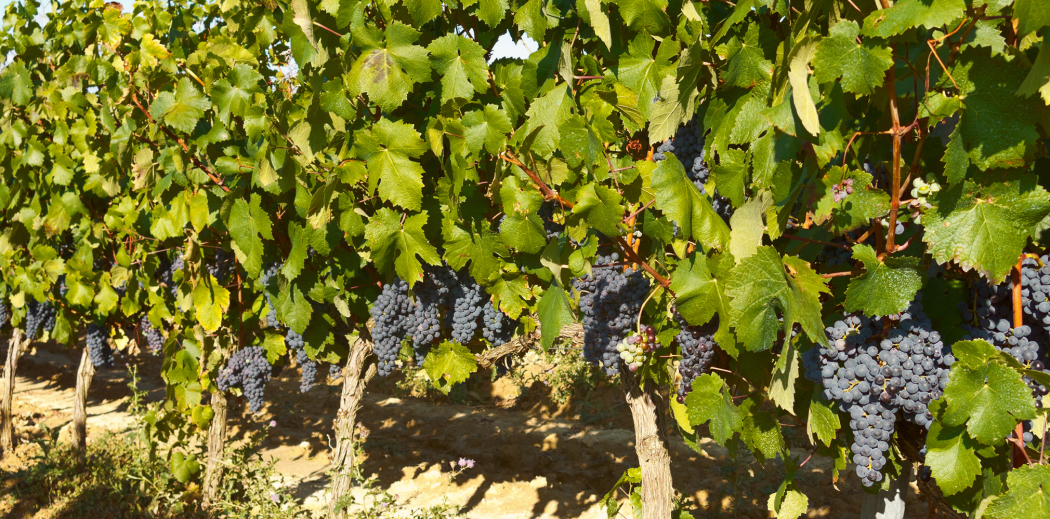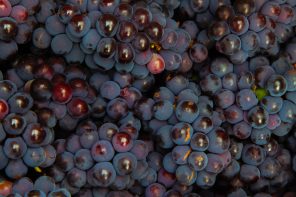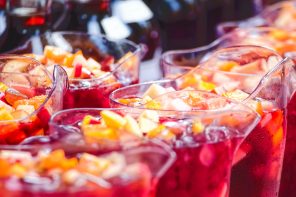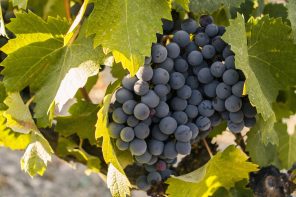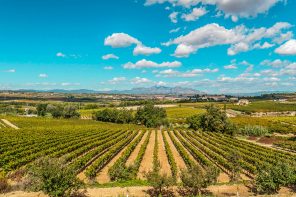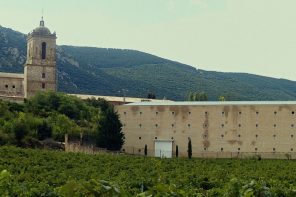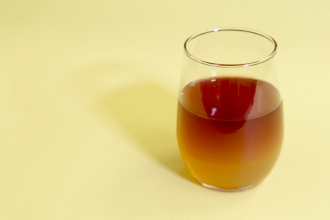Like its French and Italian counterparts, wine from Spain (along with meat, cheese, and condiments) is classified in an appellation classification system, that helps to assure quality and regulation among specific products. Where the French have AOCs and IGPs, the Spanish have DOs and VdITs – but what exactly do these labels mean? Quality Spanish wines can be recognized by a “DO” on the label, standing for Denominacion de Origen, or even better, by the prestigious DOCa (Denominacion de Origen Calificada) classification, held only by two stellar regions.
So which region was the first in all of Spain to gain DO recognition, as well as the first to be recognized as a DOCa? Hint: the answer is the same for both.
Rioja is the cream of the crop when it comes to Spanish wines, holding the title of first classified DO and first classified DOCa for the country. The production of wine in the modern day Rioja area goes back to centuries before Christ, though was first legally recognized as “Rioja” around 1100 AD. Fast forward to 1926, when the Consejo Regulador was created, specifically for the purpose of protecting the use of the Rioja title. The council was officially established in 1953, with the first solid DO regulations created in 1970. It wasn’t until twenty years later that the super special Calificada classification was created, naturally granted to the original DO Rioja, first.
Red (tinto,) white (blanco) and rosé (rosado) are all permitted in the Rioja appellation, though nearly 85% of production is tinto.
The most popular grape varietal in Tintos from Rioja is Tempranillo. Garnacha Tinta, Graciano and Mazuelo are other permitted red varietals in the appellation, though most cuvées will be comprised of at least 50% Tempranillo due to its distinct flavor and aging capability. Blancos from Rioja are predominately made with Viura, otherwise known as Macabeo throughout the wine world. Malvasia and Garnacha Blanca are also permitted in blanco blends, while Garnacha Tinta is the star varietal of Rioja’s Rosados. Use of oak is very prominent in Rioja, and is in fact mandatory in Tinto production. Regulations state that wines labeled Rioja may spend less than one year aging in oak; Crianzas must be aged for at least two years, one of which in oak, while Rioja Reservas must spend at least three years aging, minimum one in oak. Rioja Gran Reservas spend two years in oak, followed by three years in bottle, and are not produced every year. The concept of oak aging was first brought to Rioja from winemakers in Bordeaux in the late 1800s, post phylloxera-epidemic.
Rioja Alta, Rioja Baja and Rioja Alavesa are the three subregions that comprise the Rioja appellation as a whole, however, the grapes for Rioja wines come from the communities of La Rioja, Navarre, and Alava. Most Rioja wines blend grapes from all three of these communities, given that each region has its own distinct qualities. Rioja Alta is found on the western side of the region and at a higher elevation than the other two regions, therefore producing lighter, more fruit forward wines. The wines of Rioja Alavesa tend to be fuller bodied than those of Rioja Alta, coming from lesser quality soils that compete for nutrients. Rioja Baja is the hottest and driest of all three of the regions, experiencing a more Mediterranean like climate as opposed to the continental-like conditions of the other two. The grapes of Rioja Baja tend to ripen more and produce even fuller bodied, more alcoholic wines than those of Rioja Alavesa due to the abundant sunshine and hotter temperatures. The fullness and alcohol in these wines tend to leave them lacking acidity; blending of grapes from all three regions leads to more balanced and more consistent final products.
With robust reds, rich whites, and refreshing rosés, there’s a Rioja out there for every occasion.

